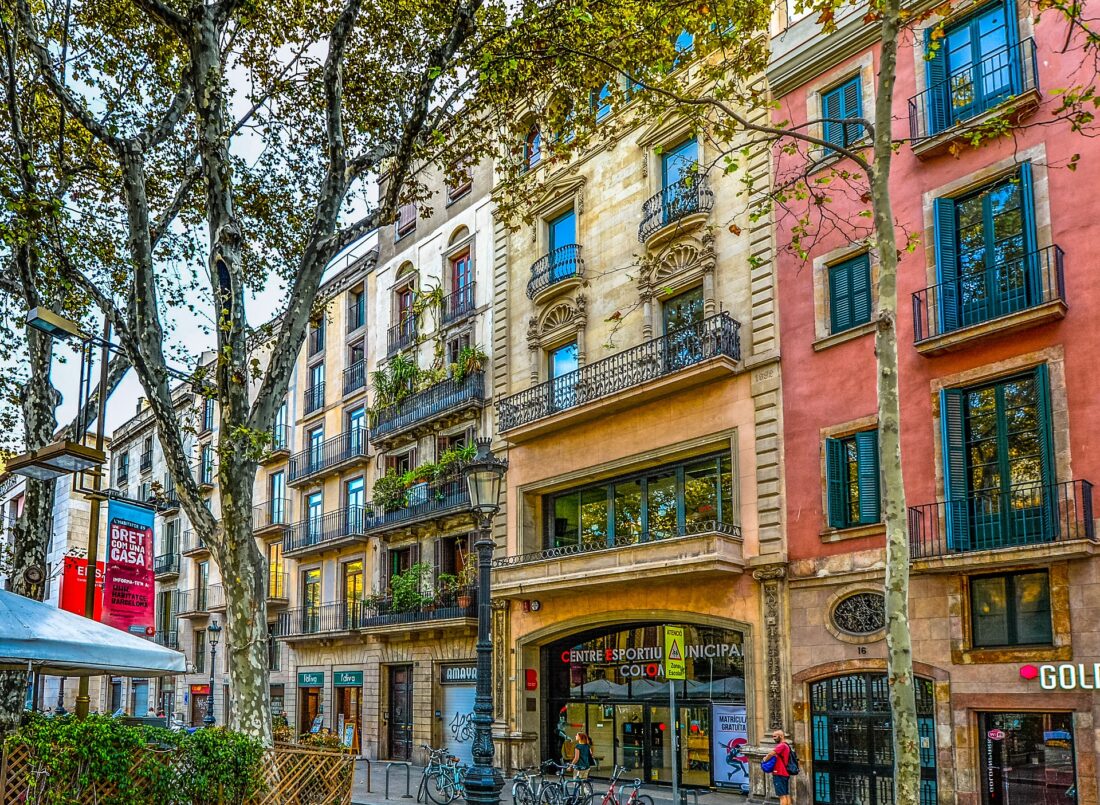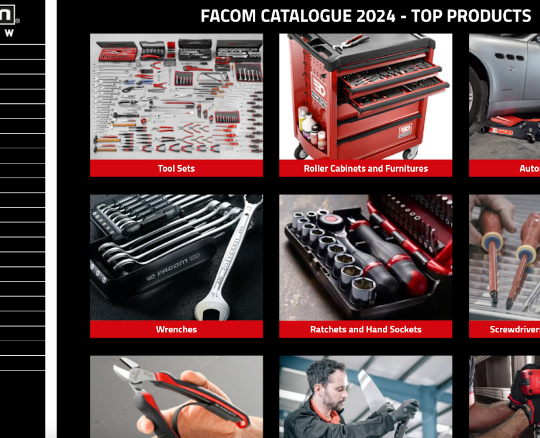 Tree grates are very useful in building up the overall aesthetics of a landscape, especially in an urban setting. Urban authorities and developers appreciate the role of trees in greening the environment and keeping the air clean. Tree grates have been handy inventions in maintaining healthy trees in cities’ compacted grounds. They also play a vital role in pedestrian safety by keeping the ground around a pavement even.
Tree grates are very useful in building up the overall aesthetics of a landscape, especially in an urban setting. Urban authorities and developers appreciate the role of trees in greening the environment and keeping the air clean. Tree grates have been handy inventions in maintaining healthy trees in cities’ compacted grounds. They also play a vital role in pedestrian safety by keeping the ground around a pavement even.
Table of Contents
Where are Grates Useful?
Tree grates are useful wherever trees need to be preserved while the ground around them is compacted. It could be a city pavement, mall ground, or town park. Modern urban development considers greenery as a vital part of the urban setting. Urban authorities go to great lengths to avoid cutting down trees. Tree grates are to be found wherever there are street trees.
Trees are also preserved in commercial and residential developments. Most malls or mixed-use developments will often have trees on pedestrian areas. Grates keep trees healthy in such developments to add to the overall aesthetics of the development.
In short, a tree grate is very useful wherever you need to keep a tree alive when the rest of the ground is concreted, graveled, or laid with asphalt.
How Do Tree Grates Contribute to Pedestrian Safety?
The ground at the base of a tree often erupts as pressure from the tree’s roots pushes up the soil. It makes the ground uneven and bumpy. In a walking area, this uneven ground presents a hazard. Pedestrians can trip on this ground, especially in poorly lit areas. Tree grates keep the ground flush with the pavement, preventing tripping.
Tree grating also keeps soil secured in the ground without spilling over onto the pavement. Otherwise, the soil would spread over the pavement and become a hazard when it becomes wet from the rain. Pedestrians can easily slide and fall on such slippery ground. By keeping soil in the ground, this risk is mitigated.
How Do Grates Protect Trees?
Tree grates help keep the soil uncompacted such that there is room for the tree’s trunk and roots to develop. Trees need water, sunlight, nutrients, and air to stay healthy. The slits in a grate allow all these elements to pass into the soil.
A grate also plays a vital role as a barrier, protecting the soil at the base of a tree from pedestrian traffic. The grate also keeps debris from building up at the base. This debris includes tree leaves, broken branches, and litter dropped by pedestrians. It is crucial in preventing compaction of the soil, keeping the soil loose for the tree’s development.
Tree grate slits are usually filled with an inorganic porous material like gravel or sand. This fill has an important role a preventing growth of weeds. Weeds are unable to grow on this material. It is beneficial for shrub-like trees that do not have deep roots and are vulnerable to these weeds.
Urban authorities require that tree grates in urban areas, including private property, make tree development allowance. A grate must allow for tree trunk expansion and root deepening. The way around this is by installing tree grates with removable inner rings, which allows for more space for tree growth.
Types of Tree Grates
There are different types of tree grates, with different materials and designs. Most traditional tree grates are made of concrete. These concrete tree grates have the advantage of low cost. They are relatively low cost to install on a large scale.
The biggest disadvantage of concrete tree grates is that they are vulnerable to extreme weather. Concrete is unable to expand and contract without breaking. These types of grates do not last and have to be replaced after one or two years.
Cast Iron Tree Grate
Cast iron tree grates largely replaced concrete grates because they are durable. These types of grates can withstand any weather extremes. They have an added advantage in that they can withstand a high degree of abuse. They are ideal for high pedestrian areas where pedestrians often stray off the pavement.
Aluminum Grate
Aluminum grates are used in high-end developments, more so residential areas. It is a relatively expensive material that is easily molded into beautiful shapes. Aluminum is a highly sought-after metal for uses in appliance manufacture. It makes these types of grates very vulnerable to theft for scrap metal, which is becoming a disadvantage in an urban setting.
Heavy Plastic Grate
Heavy plastic grates are becoming more popular for several reasons. They are very weather-resistant; they can withstand extreme weather without cracking. A heavy polymer is also very affordable to manufacture, which makes them the ideal choice for public spaces like city pavements. Heavy polymer plastic is relatively worthless. They cannot be burgled like cast iron or aluminum grates.
Tree grates have a dual purpose of aesthetic value and protecting pedestrians and trees. They will continue playing a very valuable role in urban landscapes.







